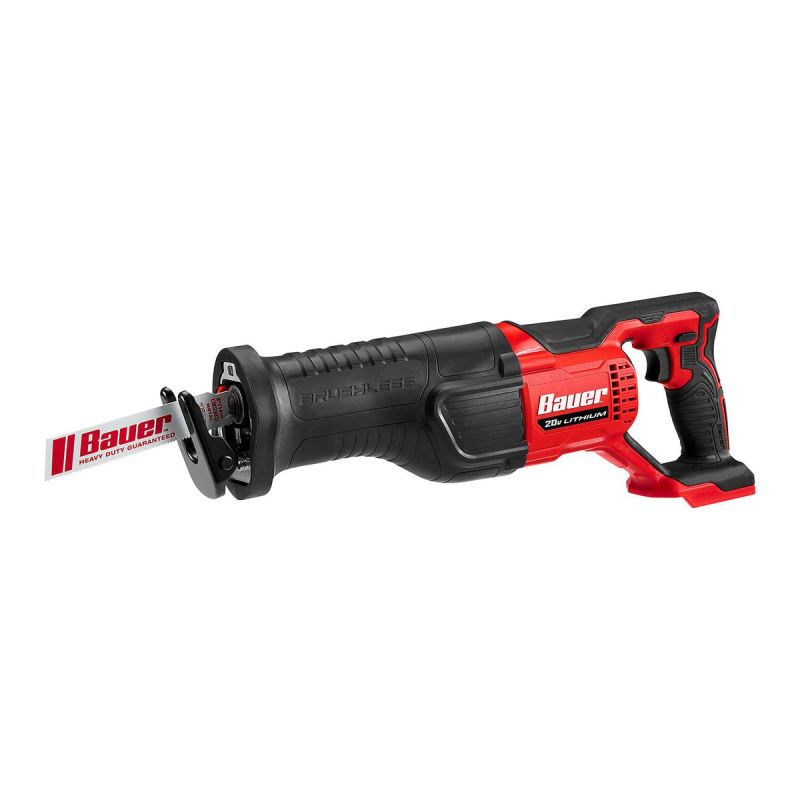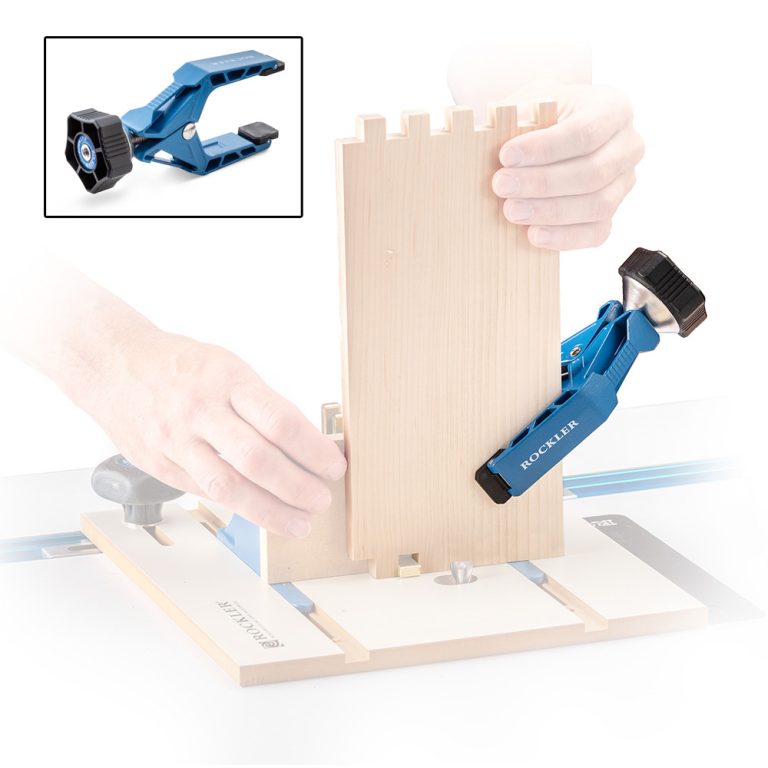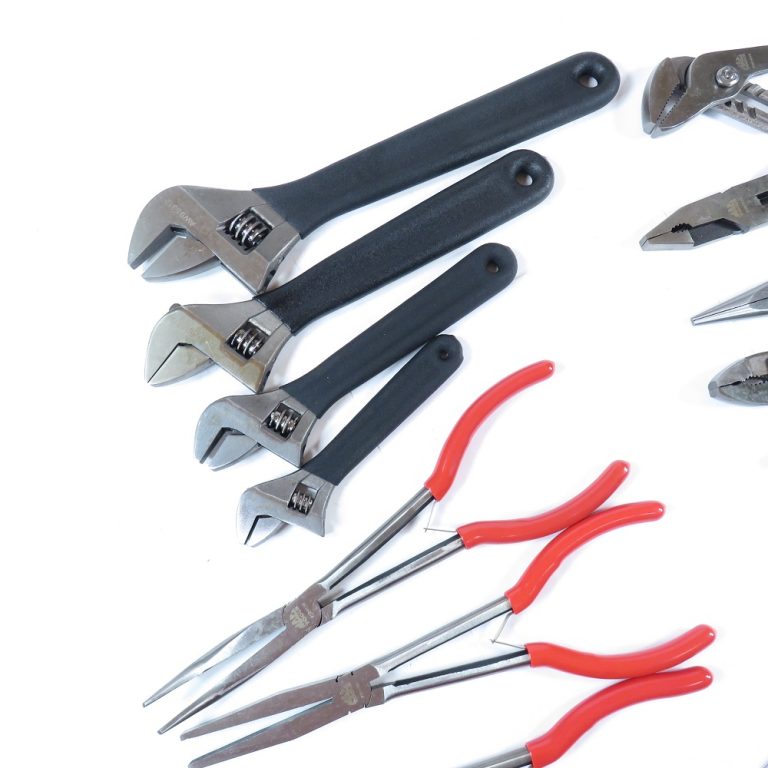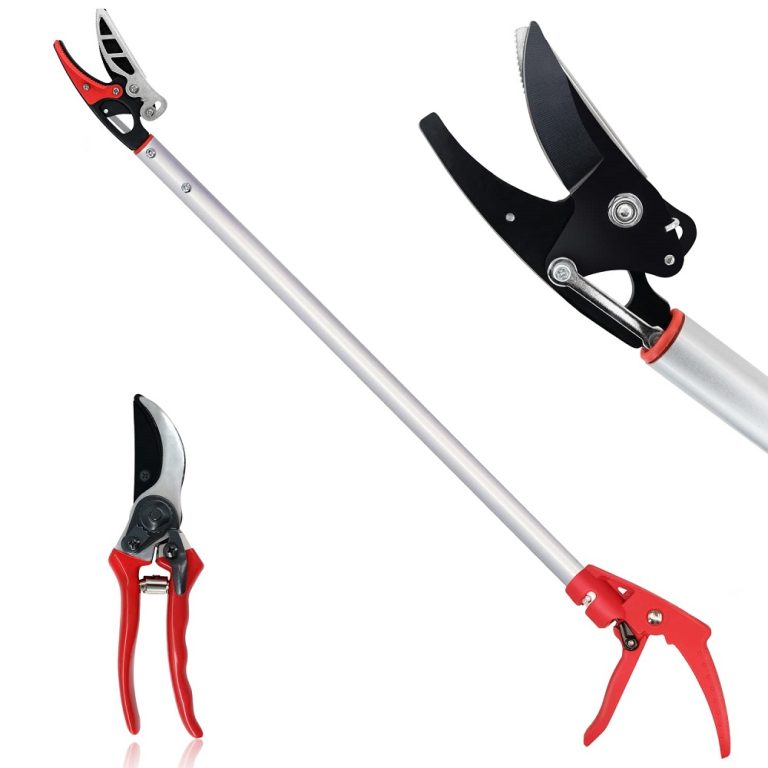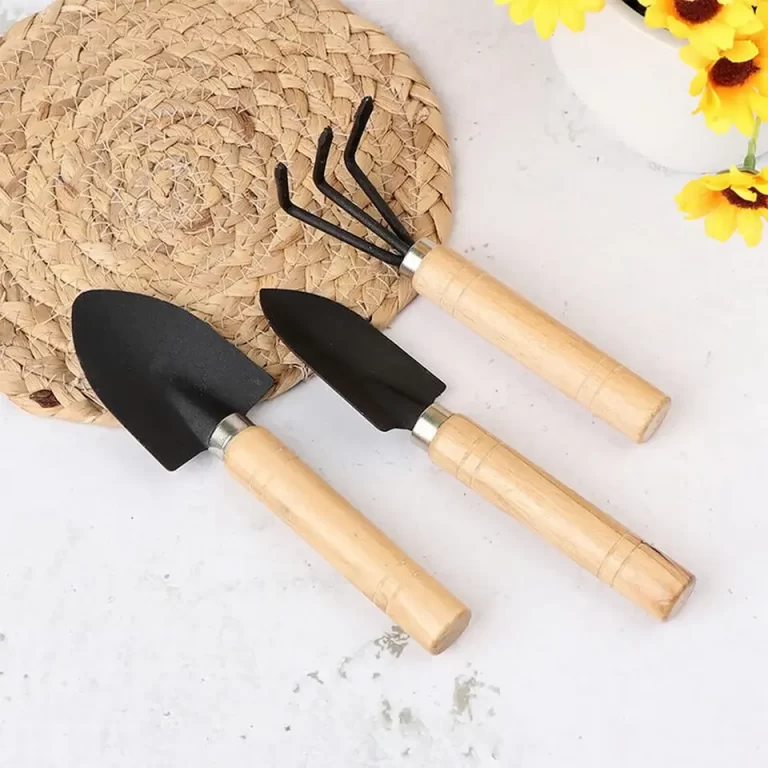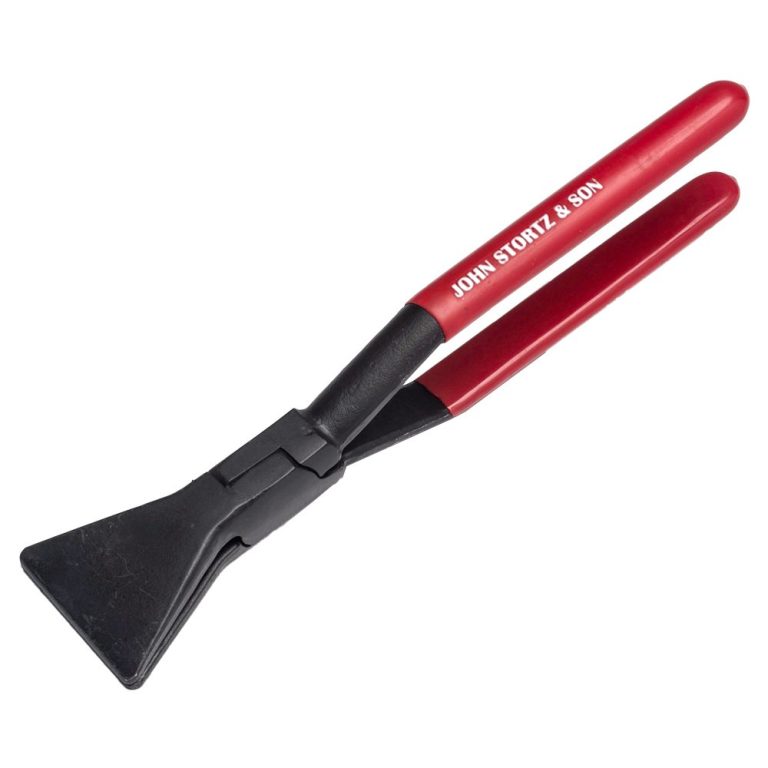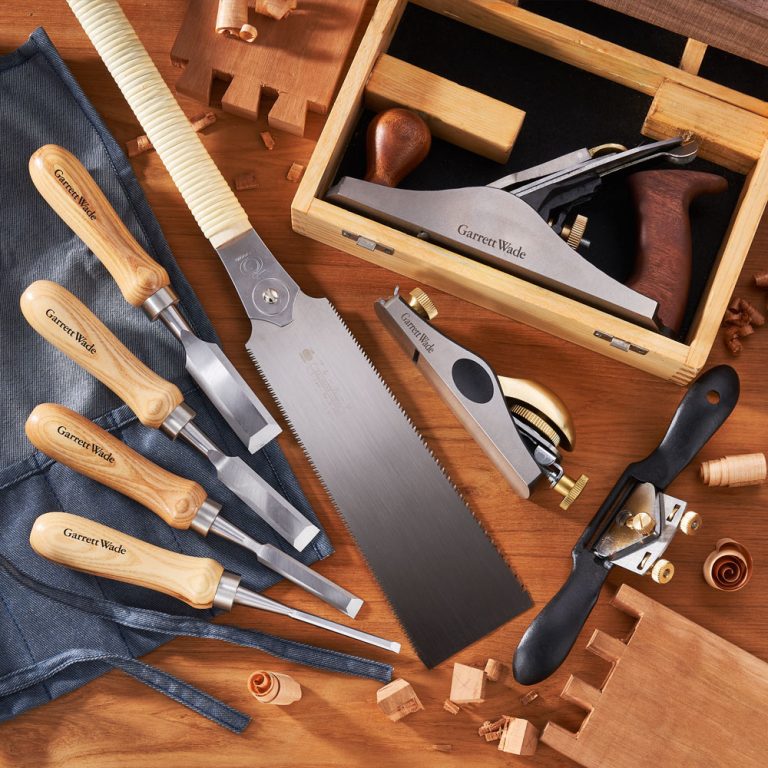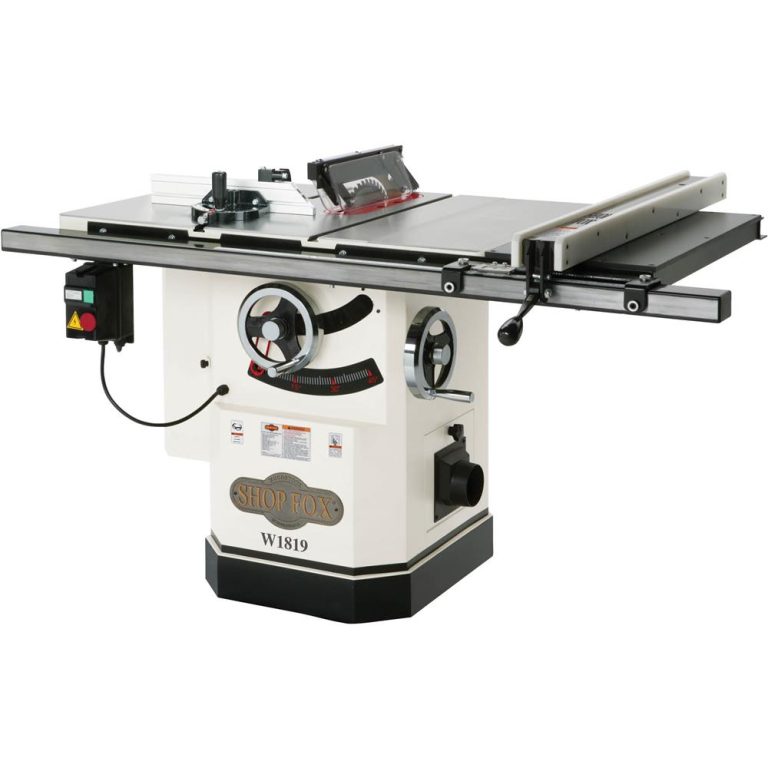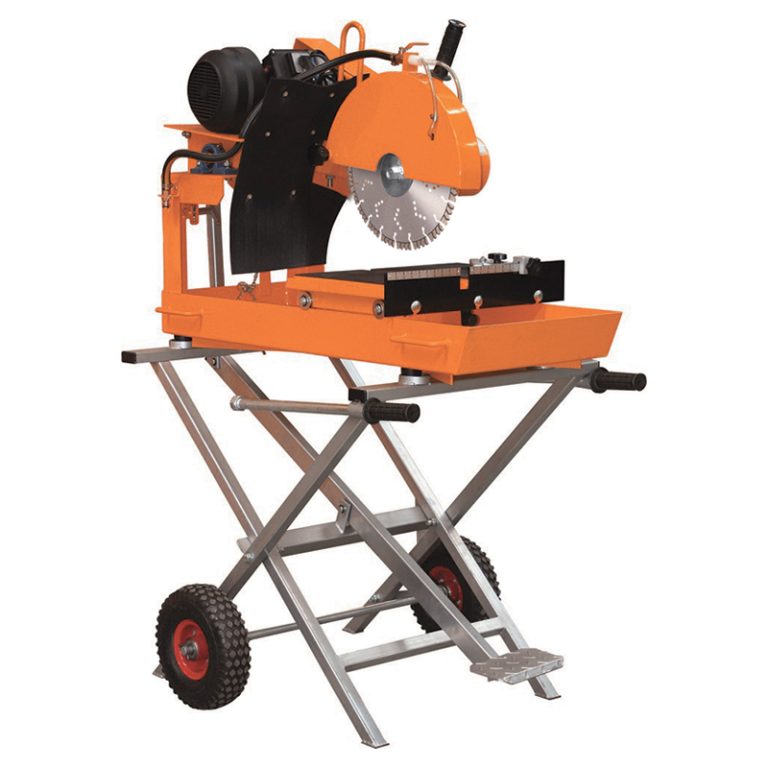Types of Cordless Saws
When selecting a cordless saws, understanding the different types is crucial. Here are the main varieties:
- Circular Saws: Ideal for cutting wood, plastic, and metal when equipped with the right blade.
- Reciprocating Saws: Known for their push-and-pull motion, they cut through a variety of materials including tubing and wood.
- Jigsaws: Best for intricate cuts and curves, jigsaws are versatile for detailed work.
- Miter Saws: Perfect for making precise crosscuts and miter cuts in woodwork.
- Table Saws: Portable versions provide a stable cutting surface for straight cuts.
- Band Saws: Excellent for cutting irregular shapes and ripping lumber.
- Chainsaws: Portable and powerful, ideal for cutting trees and heavy-duty pruning.
Each type of cordless saw has its unique uses. Consider the tasks at hand to choose the right one. For DIY enthusiasts, a circular or jigsaw often meets most needs. For more demanding jobs, a reciprocating or miter saw might be necessary. Remember that the right type of cordless saw can make your project much easier and more efficient.

Factors to Consider When Choosing a Cordless Saw
When looking for cordless saws, various factors will guide your choice. Here’s what to keep in mind:
- Project Requirements: Match the saw type to your specific project needs. Different tasks require different saws.
- Battery Voltage and Capacity: High-voltage batteries usually mean more power, but they also weigh more. Consider how much power you need versus the convenience of a lighter saw.
- Motor Type: Brushed motors are common and cheaper, while brushless motors are more efficient and have a longer lifespan.
- Durability: The build quality of the saw matters, especially for heavy-duty use. Look for sturdy construction to ensure longevity.
- Portability: If you move around a lot, a lighter and more compact model is ideal.
- Price: Determine your budget but remember that quality often comes at a higher cost.
- Brand Reputation: Research brands for reliability and customer service. Choose one with positive reviews.
- Additional Features: LED lights, laser guides, and variable speed controls can enhance your working experience.
Take your time and weigh these considerations to find a cordless saw that will serve you well for years to come.
Battery Life and Power Source
When considering cordless saws, battery life is a key factor. Assess how long the battery will last on a single charge. Long-lasting batteries save time on your projects. The power source also affects the saw’s performance. Most cordless saws use Lithium-ion batteries for an optimal balance of power and weight. Batteries come in various voltages; higher voltage usually translates to more power. Yet, they can be heavier, so think about your comfort during long jobs.
Look for saws with fast-charging capabilities. Fast-charging minimizes downtime in between uses. Also, check if the battery is part of a universal system. This allows you to interchange batteries among tools from the same brand. It’s economical and convenient. Some models offer dual-charging options, which means you can power the tool with a battery or a direct plug-in when available.
Remember, battery performance can wane in extreme temperatures. If you work in cold or hot conditions, consider this. Some brands build their batteries to withstand such environments. Ultimately, choose a battery with enough power for your tasks but also keep an eye on weight and comfort.

Blade Types and Their Applications
When it comes to cordless saws, the blade is a critical component that determines what materials you can cut and the quality of the cut. Different blade types serve various applications and ensure that your job is done accurately and efficiently. Here are the common types of blades and their specific uses:
- Wood Cutting Blades: They have fewer, but larger teeth designed to remove material quickly. Ideal for cutting through lumber and other wood materials.
- Metal Cutting Blades: These blades feature smaller teeth and are made of stronger materials to resist the heat generated from cutting metal.
- Carbide-Tipped Blades: Known for their durability, these blades stay sharp for a longer time and are great for heavy-duty cutting tasks.
- Diamond Blades: Used for cutting stone, concrete, and tile. The diamond edging provides immense cutting power for tough materials.
- High-Speed Steel (HSS) Blades: They are harder than steel blades and maintain their edge longer for cutting through metals and hardwoods.
- Tile Cutting Blades: Designed with a smooth edge to reduce chipping and provide a clean cut through ceramic and porcelain tile.
- Masonry Cutting Blades: These are heavy-duty blades designed to cut through brick, concrete, and other masonry materials.
- Plaster Cutting Blades: These blades have a coarse tooth design for effectively cutting through plasterboard or drywall.
It’s important to choose the right blade for your cordless saw based on the material you are planning to cut. Manufacturers usually indicate the suitable materials on the blade packaging. Matching the blade to the task not only ensures a successful cut but also prolongs the life of your cordless saw. Remember to check for compatibility with your saw model, as not all blades fit all saws. With the right blade, your cordless saw becomes an even more versatile and indispensable tool in your DIY projects or professional work.

Ergonomics and Ease of Use
When choosing cordless saws, consider how they feel in your hands. This is ergonomics. A good grip, balanced weight, and ease of control define a tool’s ergonomics. Think about how long you’ll use the saw. For long projects, comfort is crucial. Easier saws reduce fatigue and increase productivity.
Look for features that add to comfort and convenience. These can include:
- Rubberized handles: They prevent slippage and absorb vibrations.
- Lightweight design: A lighter saw is easier to maneuver, especially when working at strange angles or overhead.
- Adjustable handles: They allow for different grip positions, which can be useful for varied tasks and user comfort.
- Tool-free blade changes: These systems simplify blade swaps and reduce downtime.
- Built-in storage: For keeping allen keys or other small tools handy.
- Ease of Use: Saws should be intuitive. Look for clear controls, easy battery changes, and straightforward safety locks.
Find a balance between power and ease. A powerful saw is great, but not if it’s too heavy or awkward. Take the time to hold and test saws if possible. This will give you a feel for their ergonomics. The right cordless saw should feel like an extension of your arm, making the job at hand simpler and more enjoyable.
Safety Features to Look For
When shopping for cordless saws, safety cannot be overlooked. Here’s what to keep your eyes on:
- Blade Guards: They protect your hands from the blade when it’s in motion.
- Electric Brakes: These stop the blade quickly when you release the trigger, reducing risk.
- Lock-Off Switches: They prevent the saw from starting accidentally, a must-have for safety.
- Overload Protection: This feature keeps the saw from overheating and causing damage or injury.
- Kickback Protection: It reduces the chance of the saw jerking back towards you during use.
- Hand Grips: Good hand grips ensure your hands stay in place even if you sweat.
- Anti-Vibration: This helps maintain control and lessens hand and arm fatigue.
- Dust Blowers: Keeping the line of cut clear of debris helps maintain visibility and accuracy.
- LED Lights: These illuminate the cut line, allowing for safer operation in low-light conditions.
Before buying a cordless saw, check that it has these safety features. An easy-to-use saw is important, but a safe one is critical. Remember, using the saw safely is just as important as the safety features. Always wear protective eyewear and follow the manufacturer’s guidelines for safe operation.
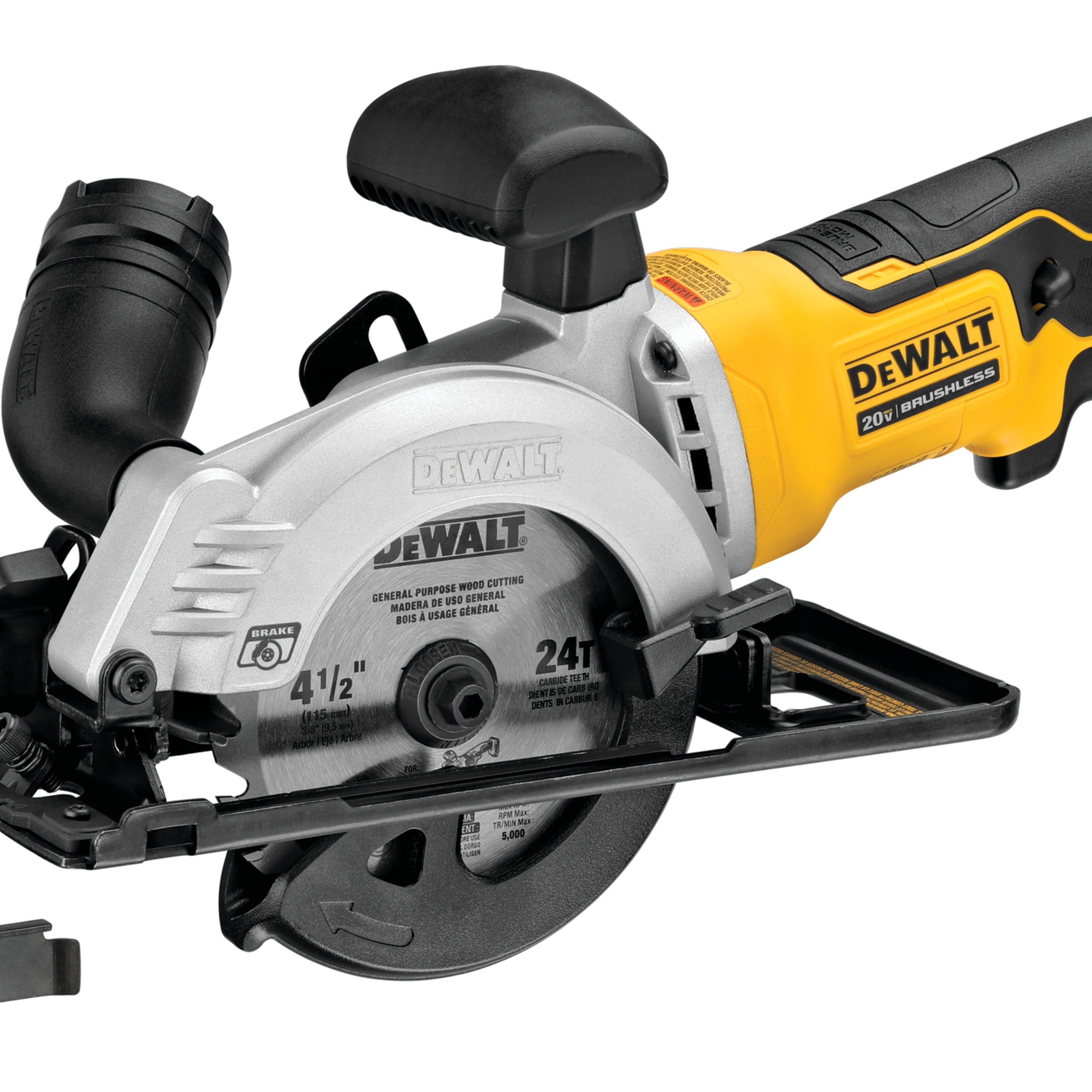
Popular Brands and Models
When shopping for cordless saws, brand and model choice is significant. Known brands often promise reliability and quality. Some popular brands include:
- DeWalt: Known for their durable and long-lasting tools, DeWalt offers a variety of powerful cordless saws.
- Makita: These saws are praised for their ergonomic design and battery efficiency.
- Milwaukee: Offering high-performance tools with advanced features, Milwaukee is a top choice for professionals.
- Bosch: Users looking for innovation often turn to Bosch for their cutting-edge technology.
- Ryobi: Ryobi provides affordable options without compromising on quality, making them great for DIYers.
Model choices change with new technology. Always look at the latest models. They often offer improved features and better battery life. Some top models include:
- DeWalt Flexvolt: This line provides versatility and power for demanding tasks.
- Makita LXT: Renowned for its fast-charging batteries and a wide range of compatible tools.
- Milwaukee M18 Fuel: These models boast brushless motors and long-lasting batteries.
- Bosch Power4All: A versatile system that allows for battery sharing across Bosch tools.
- Ryobi ONE+: This system is known for a wide array of tools that share the same battery platform.
Remember to match the brand and model to your specific needs. Professional-grade saws are sturdy but weigh more. DIY models are lighter and easier to handle. Read reviews and check out user feedback before deciding. The right cordless saw enhances your tool collection and ensures you’re well-equipped for any task.
Maintenance and Care for Cordless Saws
To keep your cordless saws in top shape, follow these maintenance and care tips:
- Check the Battery: Regularly inspect the battery for any signs of damage or corrosion.
- Clean After Use: Wipe down the saw with a dry cloth after each use to remove debris.
- Blade Inspection: Look over the blade for wear or damage. Replace it if needed.
- Lubricate Moving Parts: Apply lubricant to any moving parts to keep them running smoothly.
- Store Properly: Keep your cordless saw in a dry place away from extreme temperatures.
- Secure Loose Parts: Tighten any screws or fittings that may have loosened over time.
- Charge as Recommended: Follow the manufacturer’s advice on charging practices to extend battery life.
By taking care of your cordless saw, you ensure its longevity and reliability for future projects.
